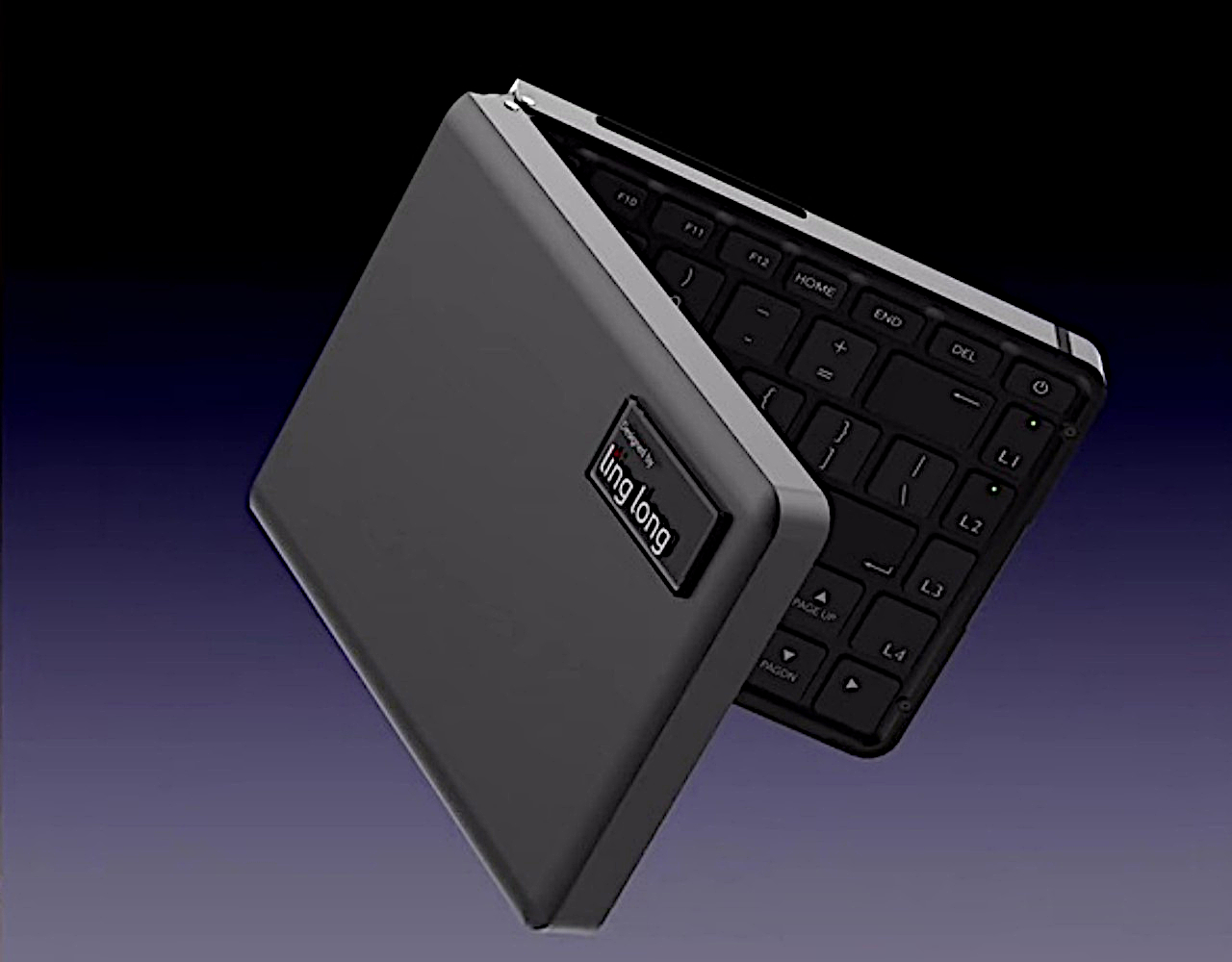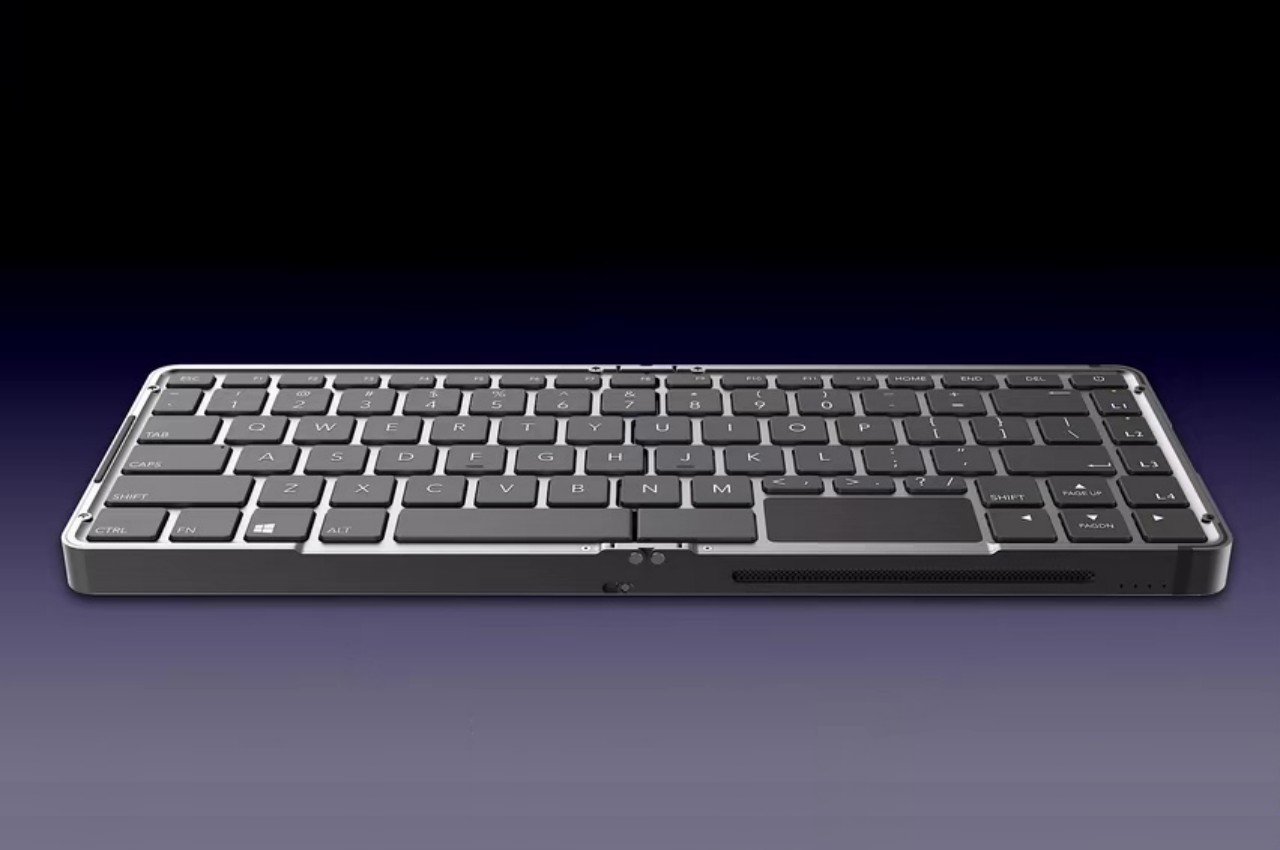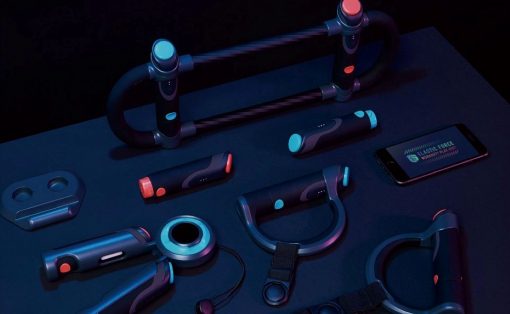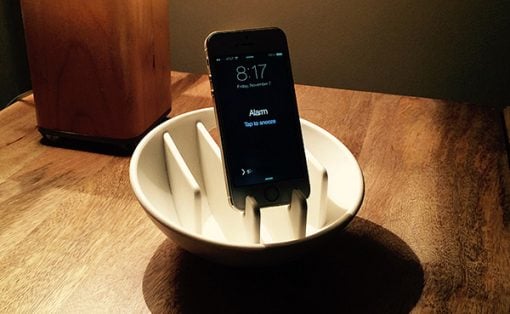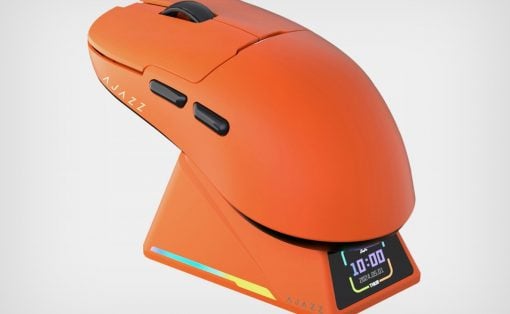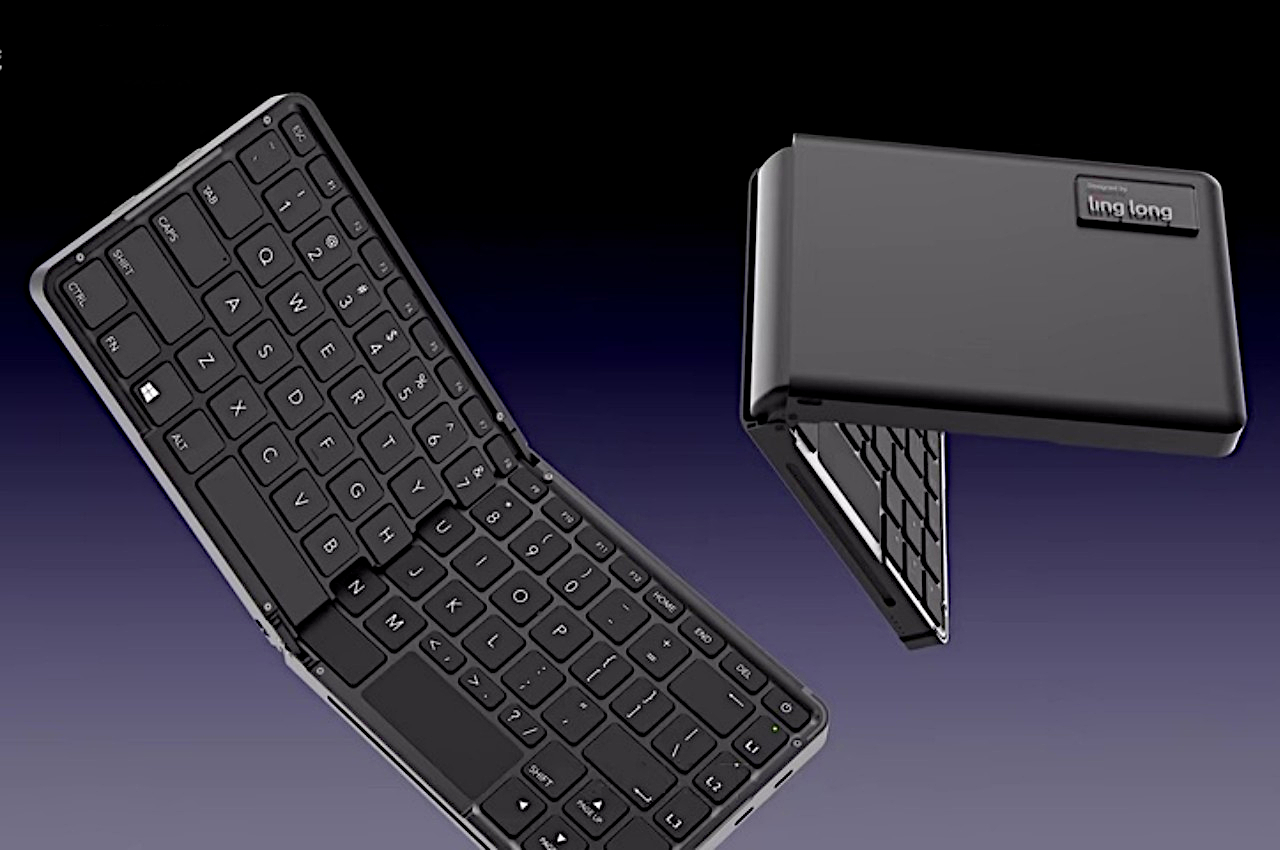
Small-form computers are becoming quite the fad these days, and not just the mini PCs that sit on our desks or hidden behind monitors. There are, of course, handheld gaming PCs like the Steam Deck and ASUS ROG Ally X that are full-fledged computers in their own right. Even the latter, however, might have some trouble being called portable because of their large sizes, at least compared to the sleek and thin Nintendo Switch. There are compromises to be made, however, the smaller you want the device to become, but this rather intriguing design eschews the part that you least expect. Masquerading as a thick and hefty foldable keyboard, this literal pocket PC will let you work or even play anywhere, as long as you have a monitor with you as well.
Designer: Linglong
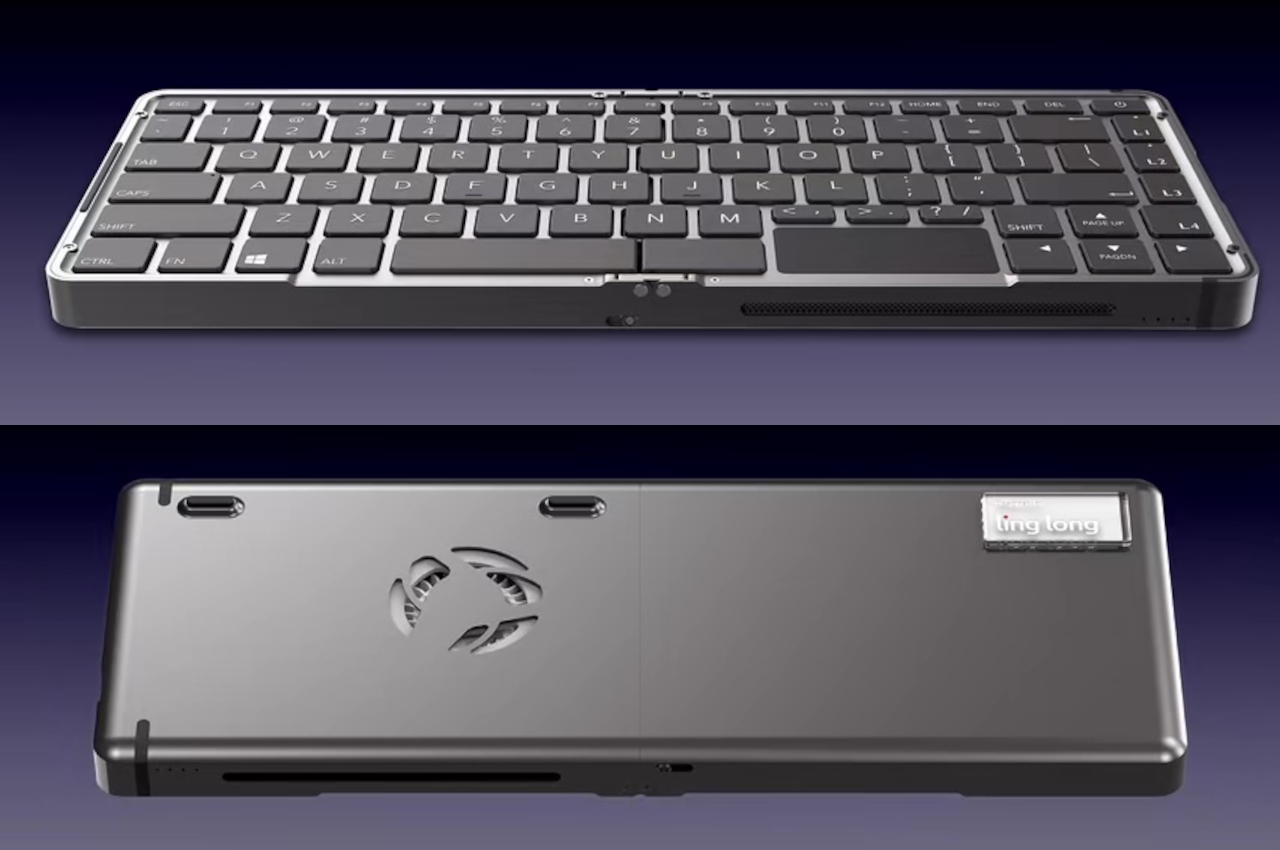
It’s pretty amazing how far computing technology has gone when it comes to minimizing the space taken up by components. Handheld gaming PCs, for example, have hardware that you’d normally only find in gaming laptops from a few years back. Despite that, there’s no escaping the laws of physics, especially if you have to make room for things like a small display and controls. But if all you really want is a computer you can take with you anywhere, then this foldable keyboard PC is probably the way to go.


It’s small enough to fit in your back pocket, presuming you have very large pockets or don’t mind having a large bulge on your behind. It looks like and behaves like those typical single-fold foldable keyboards, except it’s quite thick and heavy in comparison. There’s a reason for that, of course, and that’s because it’s hiding an almost complete PC package, processor, memory, and even battery. All that’s missing is a screen.
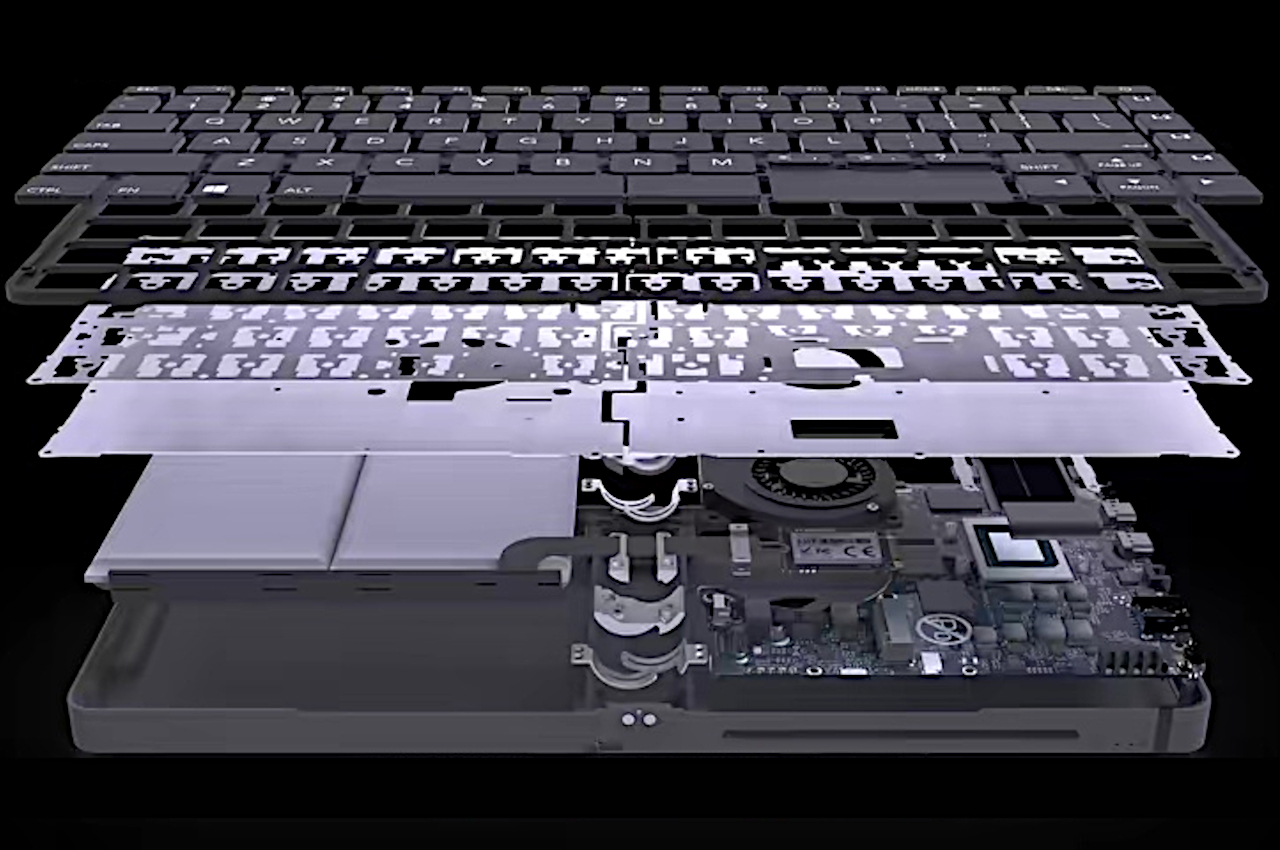
It runs on an AMD Ryzen 7 8840U processor, the very same chip used by powerful gaming handhelds, with up to 32GB of RAM and 1TB of storage. These pieces fit inside one half of the keyboard, along with a fan and cooling system to keep the tiny computer running smoothly without burning up. The other half houses a 60W battery, advertised to run for up to 10 hours of light computing, presuming you don’t have a screen attached.
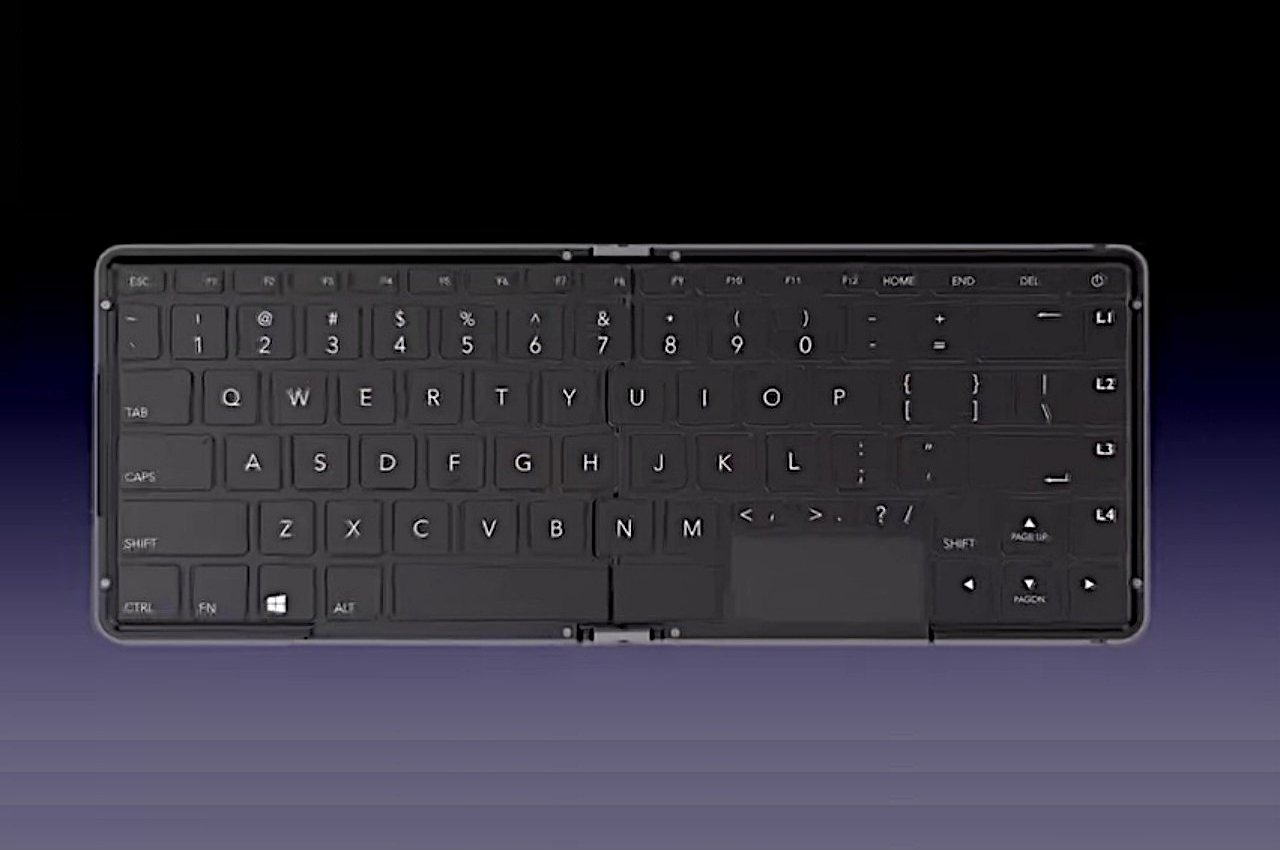
Unless you’re some kind of technomancer, you will, of course, want to connect it to a display, but that’s where the fun starts as well. That display doesn’t have to be a traditional traditional monitor after all. It could be a portable monitor, a pen display, or, better yet, smart glasses like the Xreal Airs. With a tiny touchpad and the built-in battery, this could very well be the perfect setup for these XR glasses, though the limited availability of this China-only device will have some probably just dreaming of better days.
